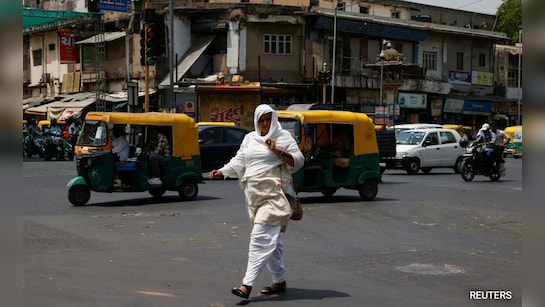Telangana Declares Heatwave As State-Specific Disaster
Recently, the Telangana government declared heatwaves and sunstroke as state-specific disasters. This decision aims to enhance climate resilience and protect vulnerable populations. The declaration allows the state to provide financial relief to families affected by heat-related incidents. Telangana becomes one of the first states of India to independently classify heatwaves as a disaster, despite the Union government’s ongoing exclusion of such events from the national disaster list.
Definition of Heatwaves
Heatwaves are defined by the India Meteorological Department (IMD) as periods when maximum temperatures reach at least 40°C, or are 5-6°C above normal. A severe heatwave is marked by a temperature deviation of 7°C or more. Regions recording temperatures above 45°C are also classified as experiencing heatwaves. Climate change has intensified the frequency and duration of these events.
Health and Economic Impact
Heatwaves primarily affect human health, leading to underreported deaths and illnesses. Vulnerable groups include the elderly, outdoor workers, women, and children. Unlike visible disasters such as floods, the impacts of heatwaves are often invisible. Telangana recorded 98 heatwave-related deaths in 2020 and 62 in 2022. The absence of clear medical criteria for heat-related deaths contributes to systemic undercounting.
Government Response and Measures
The Telangana government has developed district-specific heatwave action plans. These include installing oral rehydration solution (ORS) stations and drinking water kiosks at vulnerable locations. Public advisories are issued to educate citizens about precautions during extreme heat. Despite these initiatives, the lack of formal disaster designation has limited the state’s ability to provide adequate relief.
Financial Relief and Support
The declaration allows the state to provide ex-gratia relief of ₹4 lakh to families of heatwave victims. Previously, assistance was only ₹50,000 under the Apadbandhu Scheme. The new relief will be funded through the State Disaster Response Fund (SDRF), enabling a more substantial response to heatwave incidents.
Implications of National Exclusion
The Union government does not classify heatwaves as disasters under the Disaster Management Act, 2005. This exclusion prevents states from accessing the National Disaster Response Fund (NDRF) for heatwave relief. States must rely on their limited resources for emergency health services and awareness campaigns. The Finance Commission allows states to allocate a portion of SDRF for local disasters, but this is discretionary and lacks a uniform national policy.
Urgency for National Recognition
The rising toll of heatwaves has sparked discussions on the necessity of including them as a notified disaster under the DM Act. The IMD forecasts an increase in heatwave days across India in 2025. Telangana’s proactive measures highlight the urgent need for national recognition of heatwaves to ensure effective disaster management and support for affected communities.
Month: Current Affairs - April, 2025
Category: Environment Current Affairs







